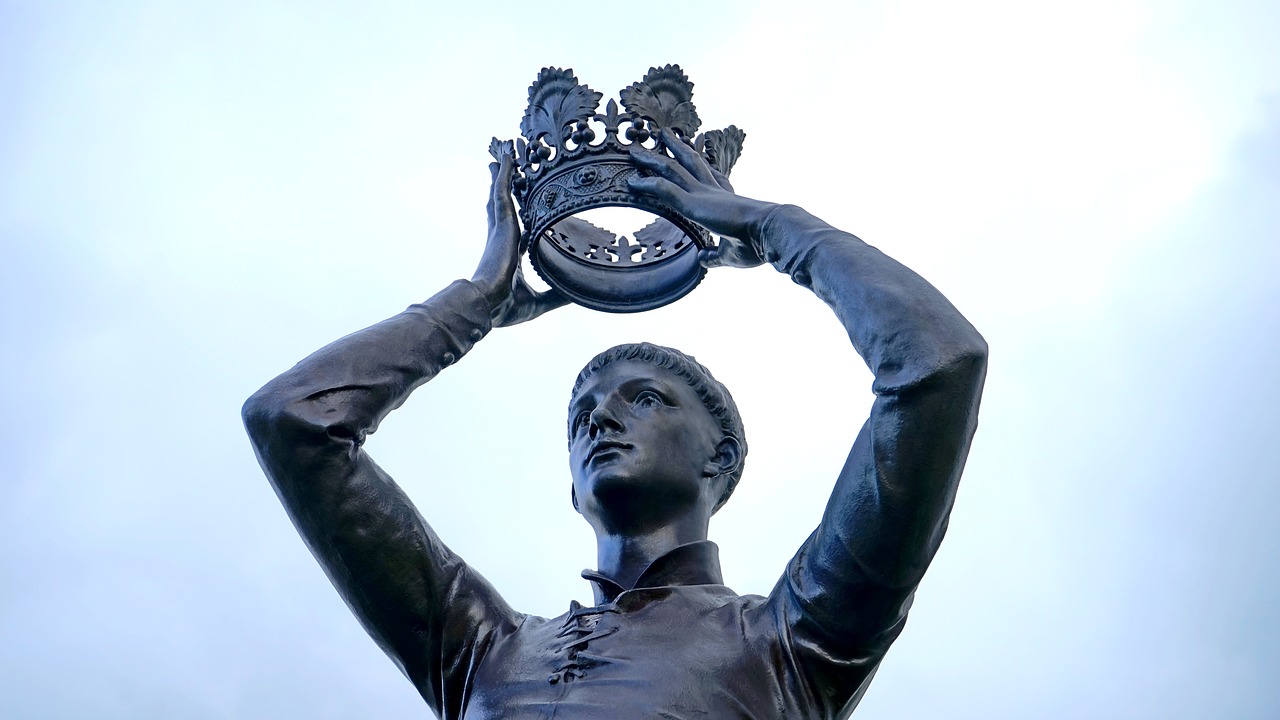
Understanding Context and Failure
Saul Alinsky was a community activist in the United States. He invented Citizens’ Organising and after he died in the 70s, the Industrial Areas Foundation led the way. Organising has been immensely successful in the context of the US. President Obama was an organiser before he became President.
Attempts have been made to introduce Organising to the UK. Not with a great deal of success. One of the earliest UK Organisations was COGB – Citizens Organised for a Greater Bristol. I saw one of their events in 1992, when I took an organising course. The event was impressive. (I failed the course because I didn’t get angry enough!)
Impact was the Organisation in Sheffield. It no longer exists. Why? I don’t know the details but I know what I experienced of Impact. Funding is important for Organisations and it must come from their members (other organisations – in the States, often churches). Impact applied for grants and this put it in the wrong relationship with potential members and allies. It was perceived as competing for funding and to achieve its outputs it tended to strongarm the groups it was supposed to support. Presumably the reason it applied for grants was because most organisations, themselves dependent on grants, could not justify its high fees.
Organising hasn’t worked in the UK because it is a completely different context to the US.
Divergent Solutions
Context is one key reason proven approaches don’t work. Time and again, I heard about some new initiative in a neighbourhood similar to the one where I worked. I persuaded people it was worth a try and we found it didn’t work. Often some apparently insignificant issue proved all important.
We tend to think of solutions as convergent and the analogy might be engineering. Think of something that always works, eg a car engine. A well-maintained engine works reliably and predictably. It may be possible to modify the engine and improve performance. If this is a positive change, it is not too difficult to persuade everyone that it’s worth adopting the modification. Solutions for engineering problems are usually convergent. Given two solutions, it is not difficult to agree which is the best.
Divergent solutions are where answers proliferate. Unlike convergent solutions, where potential solutions can be eliminated, divergent solutions produce more and more options. Most human systems are divergent. There are at least as many solutions as there are people involved. These are qualitative systems, described by stories – they cannot be described by statistics. When there are effectively an infinity of possible solutions, the only way to manage is to make choices.
Trial and error is the main option here. But can we guide the choices we make?
Soft Systems Analysis
Soft systems analysis helps us think about divergent problems. It is too complex to describe the full method here but I can help you appreciate something of its power.
What tends to happen with any divergent problem is we lose sight of what we are looking at! The situation is so complex we can’t tell apples from oranges. Indeed we might not see the oranges at all because there are so many apples, all vying for attention.
When we take a soft system seriously there are many problems and many solutions. Before we do anything, we need to agree on the problem.
One useful idea is the distinction between actors and clients. An actor is someone who has a part to play in the system. There are likely to be many actors and all have their own roles and objectives.
A client is an actor who wants to change the system. Each client has their own perspective on the system. So, what difference does it make, which actor you choose as a client? (These may be real-life clients and you are helping them with their analysis; or you can choose several actors and compare the difference it makes when they are clients.)
Let’s say you consider three actors as clients. Each perceives the system in their unique way. So, now you see the system from three distinct viewpoints. This helps you see new problems and new possibilities.
The context changes when you change client. The system is unchanged except you view the system from the perspective of each client.
Why do most initiatives go wrong? The reasons can be subtle. There’s nothing visible but opposition to your solution grows, it seems out of nowhere. You need to be able to read the system and soft systems helps you do that.
Each client has a purpose. You can help a real life client achieve their purpose using soft systems. You can view a system from the viewpoints of several clients using soft systems. Either way you need to understand purpose. And lack of clarity about purpose is another reason for failure.







